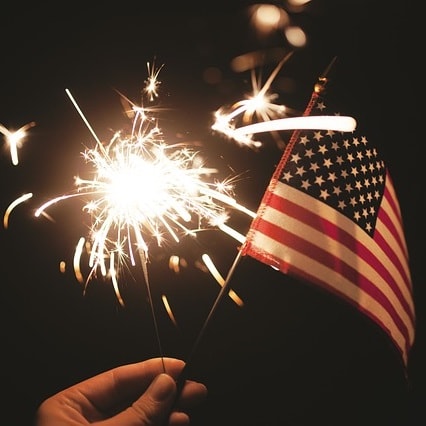Isn’t it interesting how we can see a post on social media about mental health, and simply overlook how significant it is? Sure, depending on the post, we might feel compelled to share it. However, the majority of us see posts and updates about mental health and idly scroll passed them without giving them a second thought.
As we close out Mental Health Awareness Month, I want to interrupt your scrolling with some mental health facts as they relate to diverse populations. What you learn below may surprise you. If it does, do me a favor, and share this post so we can keep mental health awareness top of mind all year long.
Mental Health Awareness – Fast Facts
According to the American Psychiatric Association:
- Around 18% of adults in the United States have a diagnosable mental disorder in a given year
- Roughly 4% of adults in the US have a serious mental illness
- Mental disorders are among the top most costly health conditions for adults 18 to 64 in the U.S., along with cancer and trauma-related disorders
- Behavioral and mental disorders are also among the leading causes of disability in the United States, and account for 13.4% of all years of life lost to premature death and disability
- In terms of diverse populations, most ethnic and racial minority groups have similar, but in some cases fewer, mental disorders than caucasians do. The difference is that the consequences of mental illnesses in minorities can be longer lasting.
- Rates of depression have been found to be lower in African Americans and Hispanics, but their depression levels are often found to be more persistent than cases of depression in caucasians.
- American Indians and Alaskan Natives have been found to have higher rates of alcohol dependence and/or posttraumatic stress disorder (PTSD) than any other racial or ethnic group
- Of those incarcerated in the juvenile system, between 50% and 75% youth meet the criteria of having a mental health disorder
- African Americans, Hispanics, and Asians, are less likely to receive mental health care when they need it compared with caucasians
- Women across all ethnicities are more likely to receive mental health services than men
- It is believed that one of the reasons the mental health conditions of many ethnic group are misdiagnosed or underdiagnosed, is due to a lack of cultural understanding by healthcare providers
Barriers to Mental Health Services
Every race dealing with mental health issues suffers from barriers to mental health services. Though the degree of these barriers varies widely, they include:
- Economic barriers related to cost and lack of insurance
- Stigma about mental health: This is actually one of the largest reasons people don’t seek help for mental health issues. There is a great fear of being shamed by their friends, family, and community. The stigma associated with mental health is strongest in racial and ethnic minority groups. However, it is a significant factor for caucasians as well.
- Cultural misunderstanding and lack of sensitivity related to different cultures by mental health service providers
- Lack of nearby mental health services
- Inadequate education about mental health issues
Bottom Line: We Still Have a Long Way to Go
For as far as we have come in terms of spreading mental health awareness, we still have a long way to go. I firmly believe that no one, regardless of age, sex, gender, or ethnicity should suffer in silence. It is critical we continue to spread the word and end the stigma about mental health once and for all.
We all deserve to be well, not just physically, but also mentally and emotionally too. Start educating yourself now on the various mental health issues, and when you learn something new, share it! The more we share, the faster we can help those in need.

